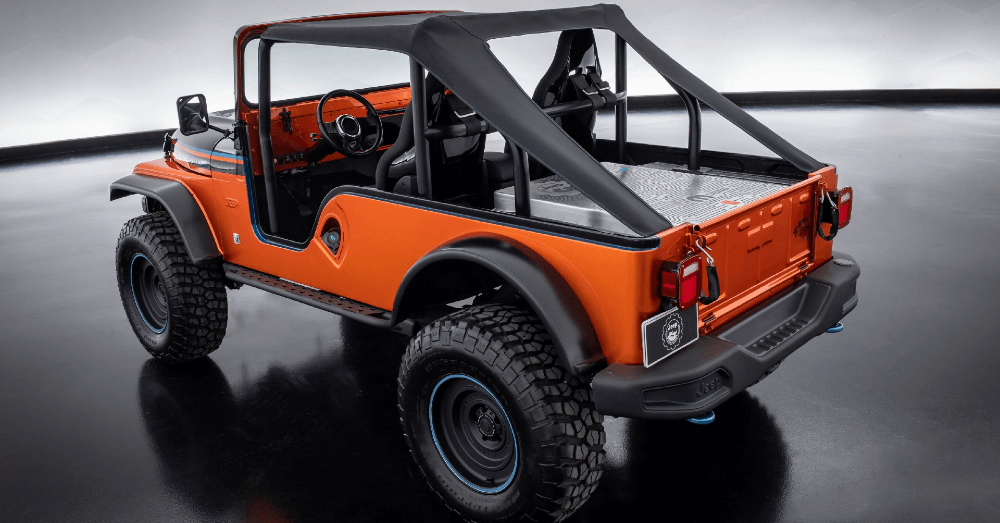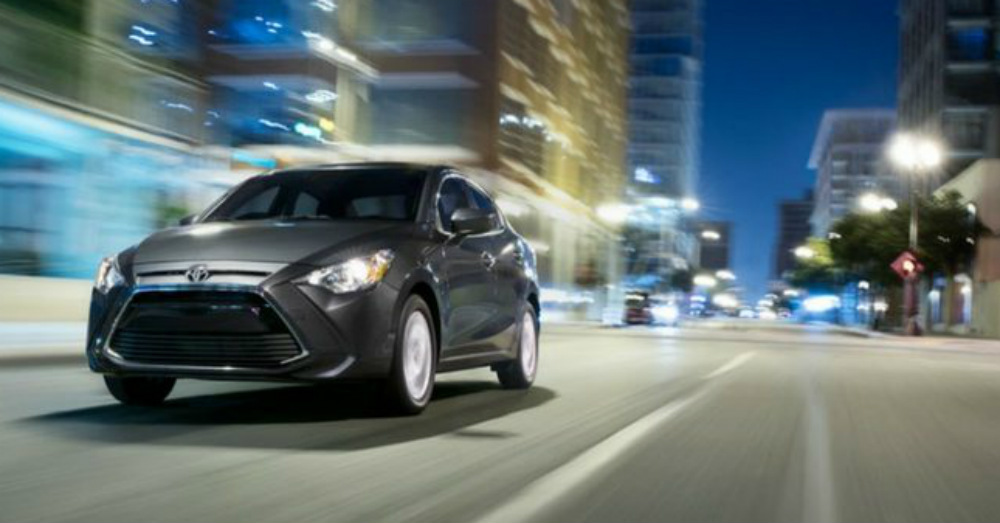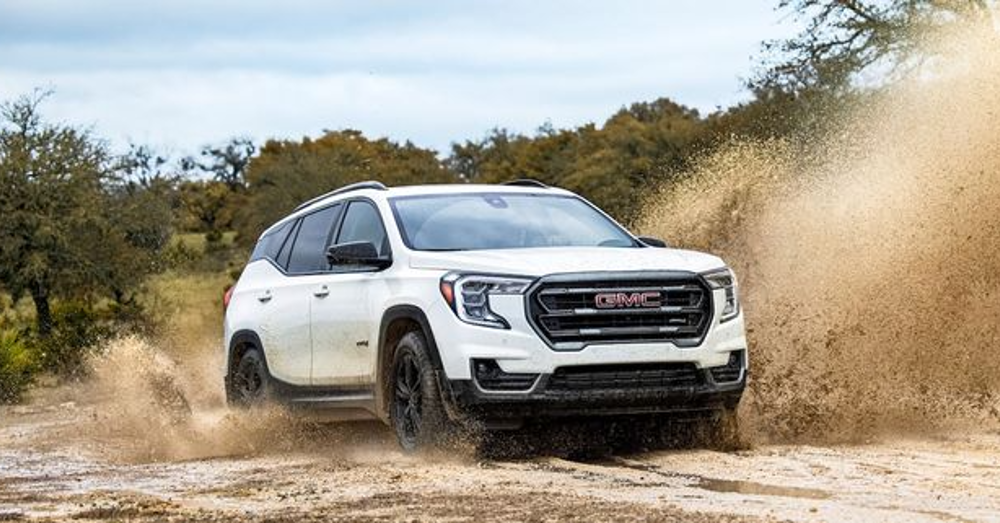The 2023 Toyota Sequoia and 4Runner SUVs are completely different. The Sequoia is brand new while the 4Runner is coming to the end of a generational run.
Until the return of the Land Cruiser, the Toyota Sequoia is the largest Toyota SUV in the lineup. This three-row full-size SUV delivers power, performance, features, and quality that can make it great for any family to ride around in comfort. On the flip side, the Toyota 4Runner is a midsize SUV that harkens back to the days of old with a traditional naturally aspirated engine and impressive off-road qualities.
Let’s look at these two SUVs together and see which one makes the most sense for you.
Toyota 4Runner Pros and Cons
Pros
- Great off-road SUV
- Large cargo area
- Tons of standard features
Cons
- Outdated interior design
- Poor fuel economy
- Antiquated automatic transmission
- Rough, truck-like ride
Toyota Sequoia Pros and Cons
Pros
- Refined hybrid V6 powertrain
- Cushioned, smooth ride
- Useful touchscreen
- Long list of standard features
Cons
- Small third-row seat area
- Less cargo room than other full-size SUVs
Which Toyota SUV is more efficient?
The 2023 Toyota 4Runner uses a 4.0-liter V6 engine mated to a 5-speed automatic transmission. This is an old-school powertrain that feels like it came from the 1980s. The setup is good enough to give the 4Runner 270 horsepower and 278 lb-ft of torque. Fuel mileage numbers for this RWD Toyota SUV come in at 16 city/19 hwy mpg. The 4Runner offers maximum towing at 5,000 pounds, which is enough for medium-sized trailers.
Turning to the new 2023 Toyota Sequoia, we find a 3.5-liter twin-turbocharged hybrid V6 engine attached to a smooth-shifting 10-speed automatic transmission. This powertrain delivers 437 horsepower and 583 lb-ft of torque. This bigger and more powerful Toyota SUV is more efficient than the 4Runner, with the Sequoia returning 21 city/24 hwy mpg. The big Sequoia can tow up to 9,520 pounds, making it a great choice to pull a large trailer to the lake.
The Sequoia is expectedly larger than the 4Runner
The Sequoia is bigger, standing 74.5 inches tall, 208.1 inches long, and rides on a 122-inch wheelbase. The 4Runner is smaller in every area standing 71.5 inches tall, 190.2 inches long, and it has a 109.8-inch wheelbase.
The Toyota Sequoia has three rows of seats, but the Toyota 4Runner only has two rows for your passenger space. The cargo measurements in the 4Runner provides you with 47.2 cubic feet of cargo room behind the rear seat and 89.7 cubic feet of room with the front seats folded down.
Moving to the Toyota Sequoia, you’ll find 22.3 cubic feet of cargo room behind the third row, 49 cubic feet behind the second row, and 86.9 cubic feet when all rear seats are folded. This means the 4Runner has more overall cargo volume, but less than the Sequoia when rear seats are in the upright position.
Does the Sequoia have more standard safety features?
The 2023 Toyota 4Runner brings a long list of standard safety features to the mix with blind-spot monitoring, rear cross-traffic alerts, and lane departure warning. The Toyota Sequoia has all o these items plus a few others. Shoppers considering the Sequoia will also enjoy the benefits of lane keeping assist and integrated turn signal mirrors which help ensure a slightly higher level of safety on the road.
Going inside the cabin, the Toyota Sequoia features a more upscale feeling with better materials and design than what you’ll find in the Toyota 4Runner. The Sequoia features standard heated front seats, passenger lumbar support, and a power passengers seat, all of which aren’t offered in the 4Runner. The Sequoia also offers optional premium synthetic materials for the upholstery, offering a higher-class of comfort during any drive.
Which Toyota SUV has better electronics?
The Toyota 4Runner includes standard Apple CarPlay, Android Auto, and Wi-Fi hotspot capabilities. Turning to the Toyota Sequoia, these same features are present but you’ll also have standard HD Radio capabilities, satellite radio, and smart device integration. These items are optional for the 4Runner. The Sequoia also offers an optional premium sound system, which isn’t available in the 4Runner.
Starting at the base SR5 trims, the Toyota Sequoia offers more features and qualities than the Toyota 4Runner. Of course, the base price for the Toyota Sequoia is $58,365 compared to $39,555 for the 4Runner. If you want an off-road champion with old-school driving manners, the 4Runner could be the right Toyota SUV for you. On the other hand, if you’re looking for comfort, quality, and a more efficient drive, the Toyota Sequoia has what you’re looking for.
Which Toyota SUV is the one you’ll drive?
This post may contain affiliate links. Meaning a commission is given should you decide to make a purchase through these links, at no cost to you. All products shown are researched and tested to give an accurate review for you.




